I think I have the same problem and might provide you an example.
Consider a dissolution process where a product A_solid dissolve into A_bulk at rate constant k_1 in a solvent (this reaction can go in the two directions). A_solid dissolves into the solvent until A_bulk reaches the saturation A_sat.
Moreover A_bulk reacts with a product B to give C at a rate constant k_2.
This is the picture of the reaction:
| Dissolution process |
 |
This is the code I have written for the reaction:
library(deSolve)
# inputs
T = 0 + 273.15 # K (Kelvin ) / tTemperature
V = 50 # mL / Volume
A_solid = 125/V # mmol/mL = mol/L / initial concentration of product A_solid
B = 100/V # mol/L / initial concentration of product B
# parameters
R = 8.314 # J/(K*mol) / gas constant
expfact_sat = 2
E_a_sat = 10^3
params <- c(k1 = 0.1, # rate constant of dissolution
k2 = 3*10^(-3), # rate constant of reaction
A_sat = expfact_sat*exp(-E_a_sat/(R*T))) # saturation of the A_bulk into the solvent
# initial values
state <- c(A_solid = A_solid, A_bulk = 0, B = B, C = 0)
# system of differential equations
derivs <- function(t, y, parms) {
with(as.list(c(y, parms)), {
dA_solid = -k1*(A_sat - A_bulk)
dA_bulk = -k2*A_bulk*B + k1*(A_sat - A_bulk)
dB = -k2*A_bulk*B
dC = k2*A_bulk*B
return(list(c(dA_solid, dA_bulk, dB, dC)))
})
}
times = seq(0, 500, by = 0.01)
init <- ode(y = state, func = derivs, time = times, parms = params)
l = dim(init)[1]-1
matplot(init[,1], init[,-1], type = "l", lty = 1:1, lwd = c(2),
col = 1:l, xlab = "time [min]", ylab = "concn [mol/L]")
legend("topright", colnames(init)[-1], col = 1:l, lwd = c(2))
The problem here is that if you make the plot you will see that A_solid is going under 0, which means that the concentration of A_solid is negative, which is non-sense.
This is how the final plot should look like:
| Dissolution |
 |
If you have any advice or solution how to handle this problem, this would be nice.
@BenBolker: The problem with the log transformation is, as you stated in your disadvantages, the concentration of A_solid goes in finite time to 0, and so I am not sure that we can still apply this technique.
P.S.: I am new to this forum and so I cannot display the images directly.




